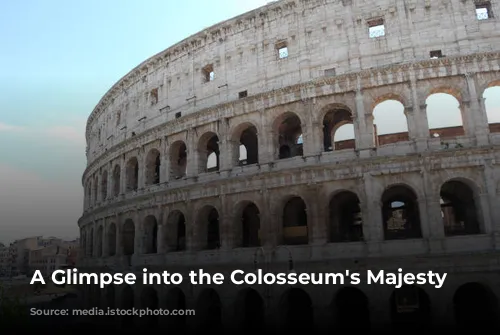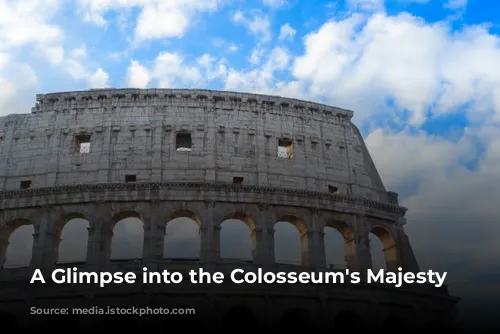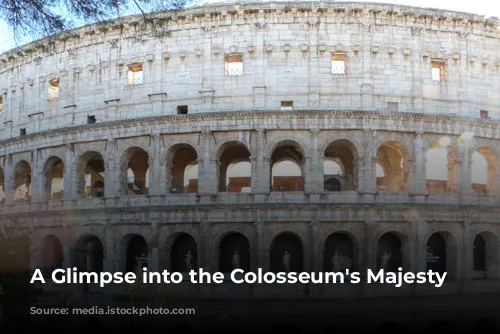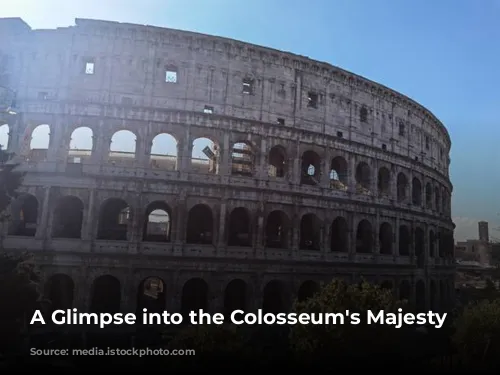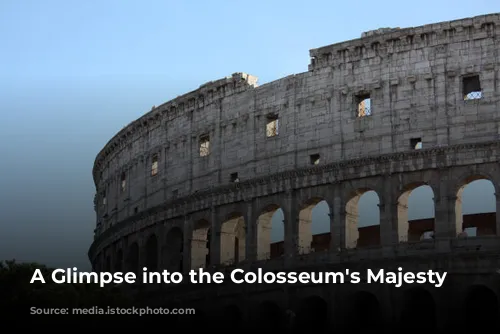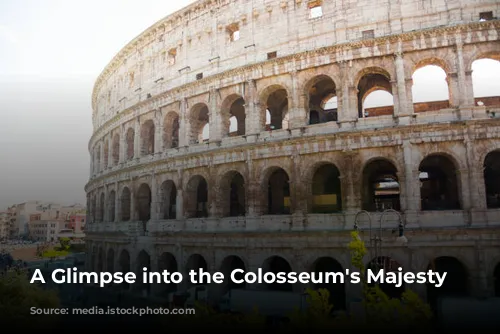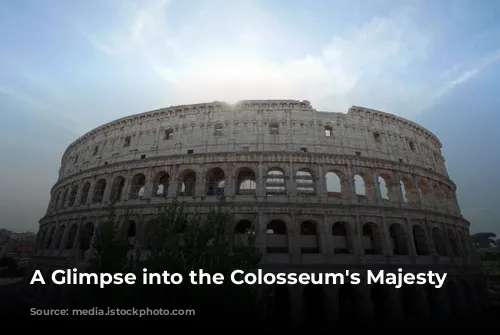The Colosseum, a towering monument to Roman engineering and power, stands as a testament to the grandeur of the ancient world. This iconic amphitheater, built in the heart of Rome, is a marvel of architectural complexity and a symbol of Roman ingenuity.
Before the Colosseum’s construction, amphitheaters were temporary structures built from wood. The Colosseum, however, was the second permanent amphitheater in Rome and by far the largest. While the vast Circus Maximus hosted chariot races, the Colosseum was the stage for a spectacle of blood and entertainment. Animal hunts, prisoner executions, and gladiatorial combat all took place within its walls. The amphitheater’s elliptical shape ensured that every spectator had a clear view of the arena, a testament to the Romans’ mastery of architectural design.
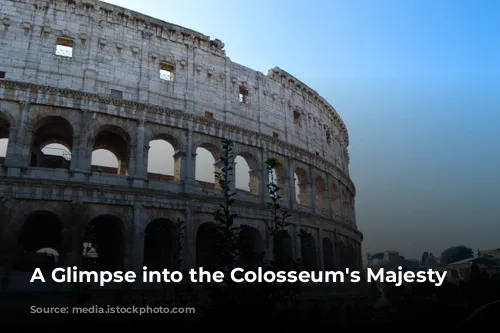
Beneath the Arches: A Glimpse into the Colosseum’s Exterior
The Colosseum’s exterior facade, a masterpiece of Roman architecture, is a symphony of arches. These arches, three tiers of 80 each, are the structural foundation of the Colosseum’s immense size. They not only support the colossal weight of the building but also lighten its visual impact, creating a harmonious balance between the structure’s sheer magnitude and its aesthetic appeal. Moreover, the arches carry a symbolic weight, acting as numerous triumphal arches, a reminder that the Colosseum was constructed using the spoils of war, particularly from the conquest of Judea.
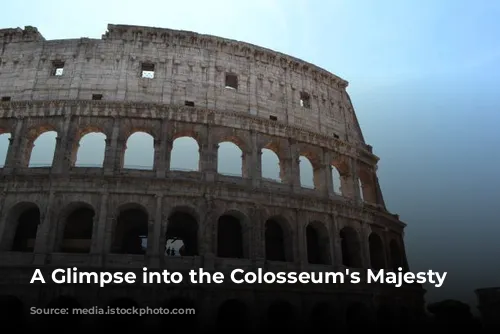
Seating the Masses: A Glimpse into the Colosseum’s Interior
The Colosseum’s four tiers, visible from the exterior, housed an astonishing number of spectators. Ancient estimates placed the Colosseum’s capacity at 87,000, while modern, more conservative estimates suggest a seating capacity closer to 50,000. Social hierarchy dictated seating arrangements, with the elite occupying the seats closest to the arena and the common folk situated higher up.
The internal structure of the Colosseum facilitated smooth spectator flow, with a complex system of passages and vaulted ceilings designed for easy access and circulation. This carefully planned system ensured that spectators were guided to their designated seats, preventing mingling between social classes. The system was so effective that Senators and Equestrians were prevented from encountering the plebeians, highlighting the strict social stratification that characterized Roman society.
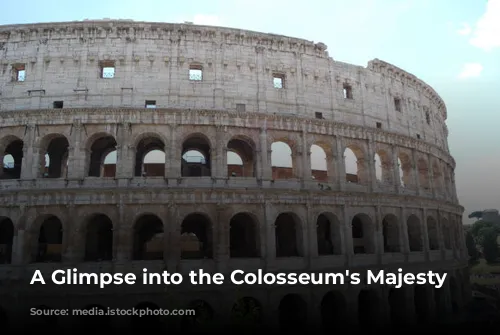
The Colosseum’s Engineering Marvels: Vela and Hypogeum
The Colosseum’s impressive architecture extends beyond its sheer size and permanence. The vela, massive canvas awnings that covered the audience, provided shade from the scorching Roman sun, allowing spectators to enjoy the games in relative comfort. These vela, a testament to Roman ingenuity, were so large that they required a thousand men, all sailors from the Roman navy, to operate.
Beneath the arena’s sandy surface lay a complex network of substructures known as the hypogeum. This intricate system of chambers and tunnels served numerous purposes, including storing props and scenery. The hypogeum also housed a sophisticated series of lift systems and trapdoors, which enabled dramatic and unexpected entrances for gladiators and animals, adding to the spectacle of the games.
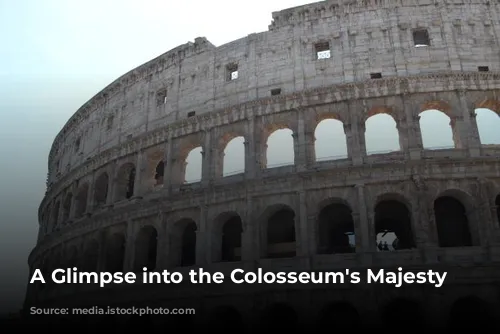
Unraveling the Hypogeum’s Mysteries
Scholars believe that the hypogeum was simpler in its initial construction. Evidence from the Roman historian Cassius Dio suggests that the Colosseum’s arena was once flooded with water for a grand spectacle. This suggests that the deeper, more intricately divided hypogeum that we see today was likely constructed later, perhaps by the Emperor Domitian.
The hypogeum remains a source of fascination, offering a glimpse into the complex workings of the Colosseum and the ingenuity of its Roman engineers. The Colosseum, a symbol of Roman power and architectural prowess, continues to inspire awe and wonder, offering a glimpse into the vibrant and often brutal world of ancient Rome.

